The 25 Greatest Motorcycles of the 21st Century (So Far)

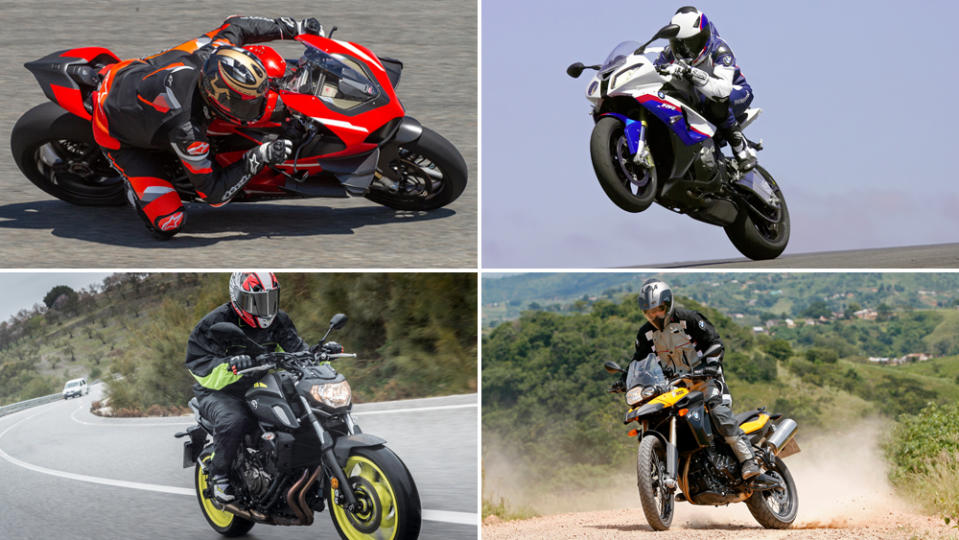
There’s been some amazing motorcycles churned out by the world’s leading manufacturers since the year 2000. In just over two decades, bikes have gone from almost totally analog to rolling computers, and there’s been a level of innovation the likes of which has never been experienced before within the industry.
Out of this field, there are a few standouts that deserved to be called out. We’ve cobbled together our picks for the best models since the millennium, only including production machines. The focus is also on those bikes you can ride on the street or dirt road. Hang on, we’re going for a ride.
2000 Suzuki GSX1300R Hayabusa
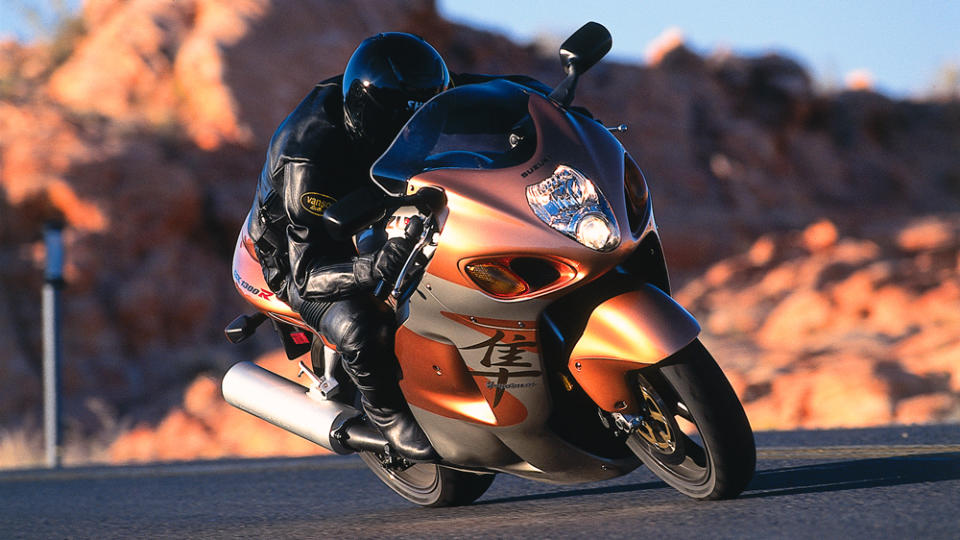
Ok, we’ll admit the Hayabusa actually came out in 1999, but it was exactly the same in 2000 and its impact on modern motorcycle culture cannot be overstated. At a time when the industry put a premium on extreme speed, the Hayabusa was the fastest production motorcycle in the world upon its release, taking the honor from arch rival Honda and its Super Blackbird. In fact, “Hayabusa” is the Japanese word for peregrine falcon, a bird that preys on Blackbirds—a not-so-subtle jab at Honda. The Hayabusa has been so successful, it has only seen two model updates since its introduction—the latest of which came in 2020—and indeed remains Suzuki’s definitive nod to life in fast lane.
2001 Suzuki GSX-R1000
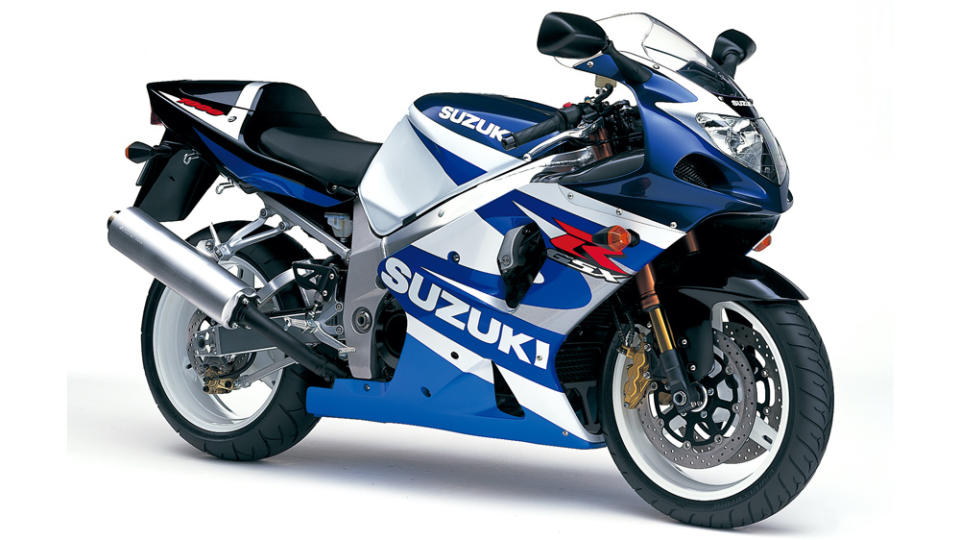
Suzuki took a few lessons learned from its iconic GSX-R750 and fitted them into the new big-bore superbike category that was now in full prominence, creating a 145 hp powerhouse that promptly displaced Yamaha, then class king, and its YZF-R1.
The GSX-R1000 was instantly competitive, and when it came to AMA Superbike competition, the model won every championship from 2003 until 2010, when Yamaha fought back. The 2001 GSX-R1000 marked the first true Suzuki superbike of the modern era.
2001 Ducati MH900e Evoluzione
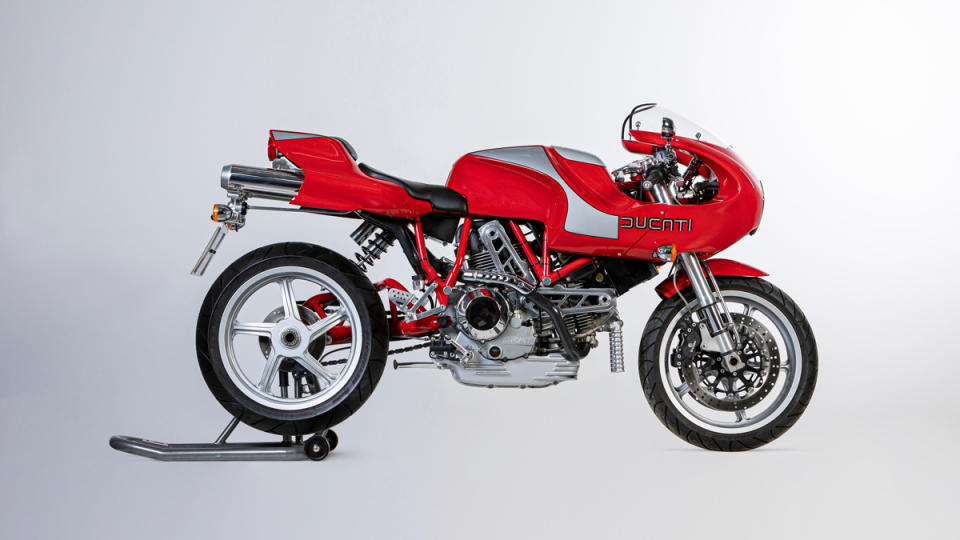
In 1998, Ducati design boss Pierre Terblanche unveiled an improbably wild concept bike that paid tribute to Mike Hailwood’s legendary comeback win at the 1978 Isle of Man TT. The designer presented an online poll to fans asking if the bike should be built. While the Ducatisti unsurprisingly voted in favor of production, worldwide enthusiasts let out a collective gasp when production-spec images were released: the road-going version was nearly identical to the breathtaking one-off concept, and 2,000 examples would be produced.
The MH900e, and example of which crossed the Bonhams auction block last April for nearly $32,000 (shown above), was the first motorcycle to be sold exclusively online, and the first 1,000 of the 2,000 examples produced sold out in 31 minutes. While its Desmodromically valved 904 cc engine produced only 74 hp, and its 2.2-gallon fuel tank was laughably small, the MH900e is coveted as a rare example of a street-legal motorcycle that’s as exuberantly styled as the concept bike that inspired it.
2001 Honda GL 1800 Gold Wing
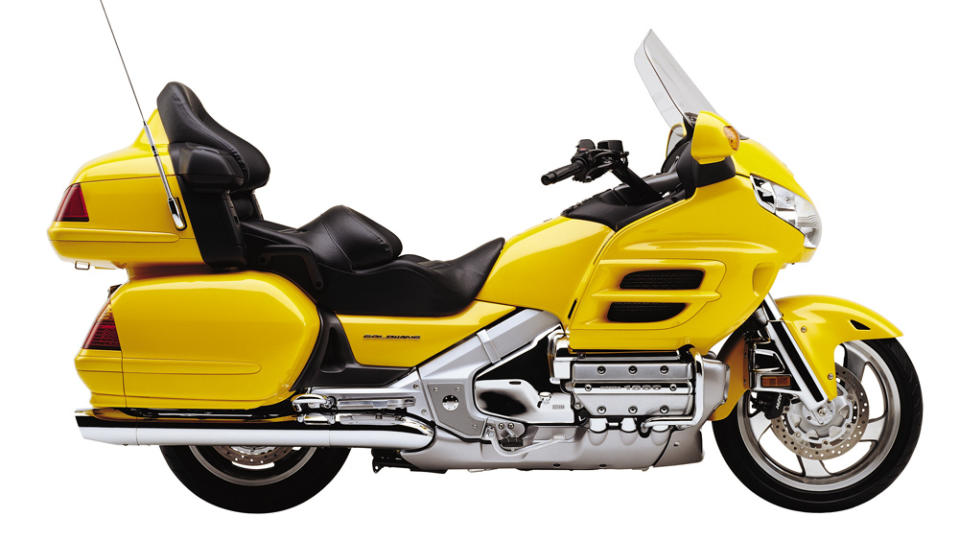
Honda went back to the drawing board in 2000 for the following year’s GL 1800. The bike featured an increase in capacity from 1,520 cc to 1,832 cc, plus an emphasis on the sportier side of long-distance touring with improved suspension, brakes and ergonomics.
The result was a motorcycle so good that it would be 17 years before Honda could come up with another fully revised version worthy of the Gold Wing name. The model is still the standard by which all touring motorcycles are measured.
2001 Triumph Bonneville
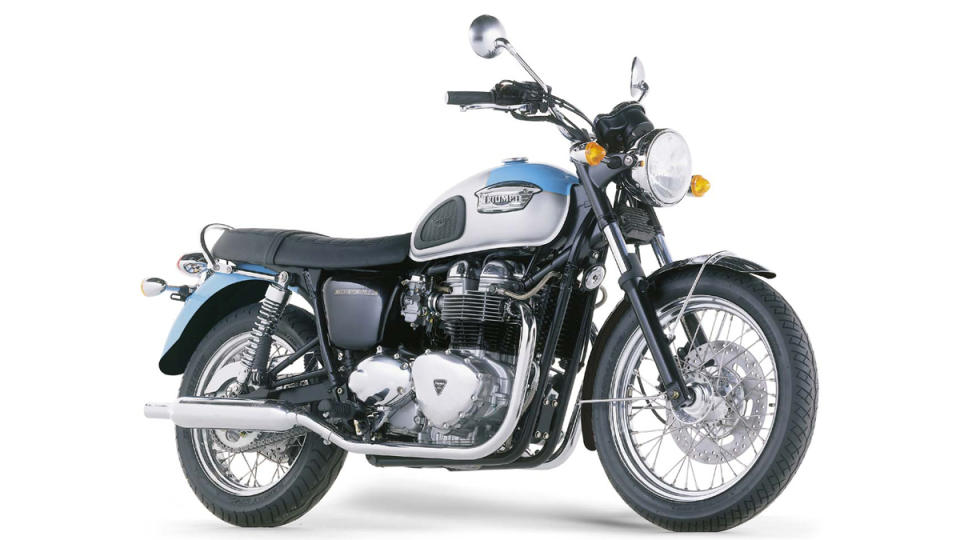
The Triumph Bonneville bears an illustrious history that would make any motorcycle manufacturer jealous. First introduced in 1959, the Bonneville (aka, “Bonnie”) earned notoriety at the hands of cool cats like James Dean and Steve McQueen, earning iconic status for its just-right balance of street style and honest functionality.
While production ended in 1988, the renowned model returned in 2001 with an all-new execution of the original. Smartly, Triumph hid modern innovations underneath its classically styled exterior. Cleverly, the brand cloaked modern fuel injectors in carburetor-style housings from 2009 onward, keeping the Bonneville legal with current emissions standards while maintaining its evocative old-school style.
2005 Suzuki GSX-R1000
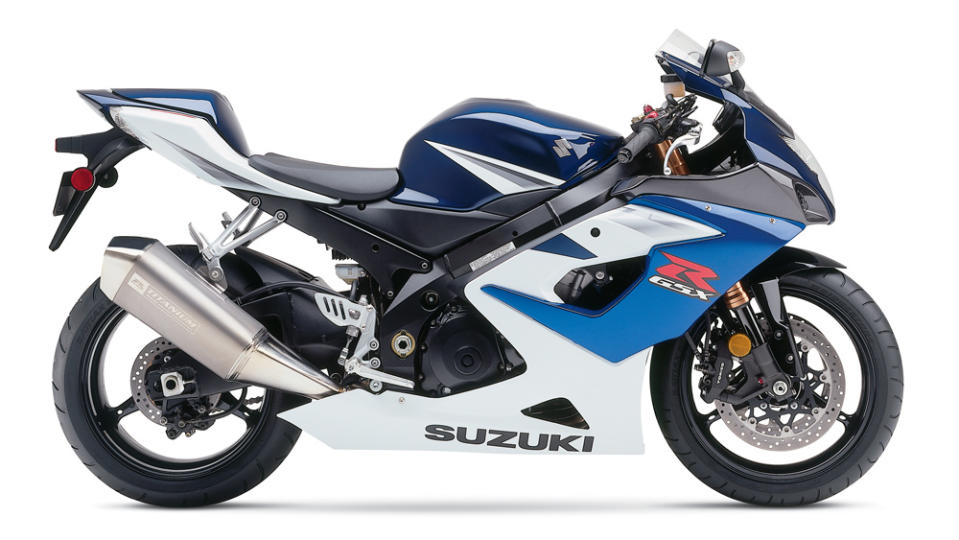
This is Suzuki’s all-time hit. A WorldSBK champion with Troy Corser, an AMA champion with Mat Mladin and a showroom star in sales across the globe. The 2005 GSX-R1000 combines light, precise handling with one of the best superbike motors ever made—a 175 hp behemoth that put bikes like the Honda CBR1000RR and Yamaha YZF-R1 firmly in the mirrors. The engine and chassis were so good that Suzuki was still using the combination 10 years later when it introduced the GSX-S1000 range, and then a few years after that with the revamped Katana, which the company freely admitted was a 2005 GSX-R1000 in disguise.
2006 KTM 950 Adventure
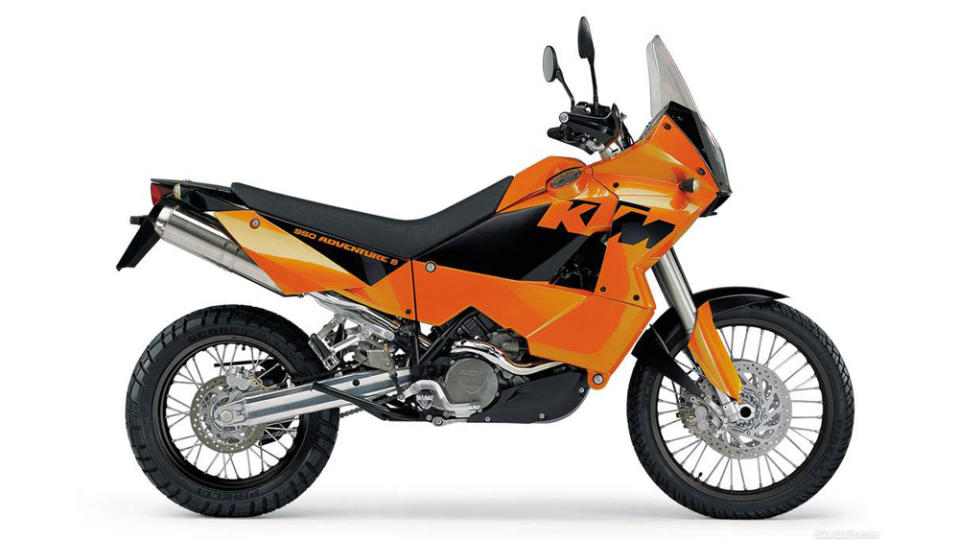
The ultimate iteration of what many consider KTM’s greatest adventure bike, the 2006 KTM 950 was the last such machine to come from Mattighofen with carburetors. As such, it became a favorite with global travelers who could fix the bike in the middle of nowhere rather than deal with a finicky fuel-injection system.
Excellent WP suspension coupled with dual gas tanks meant that massive miles could be covered between stops. The 950 helped solidify KTM’s reputation as the motorcycle brand for serious adventure riders, rather than those who primarily commute to the café.
2006 Ducati Desmosedici GP16 RR
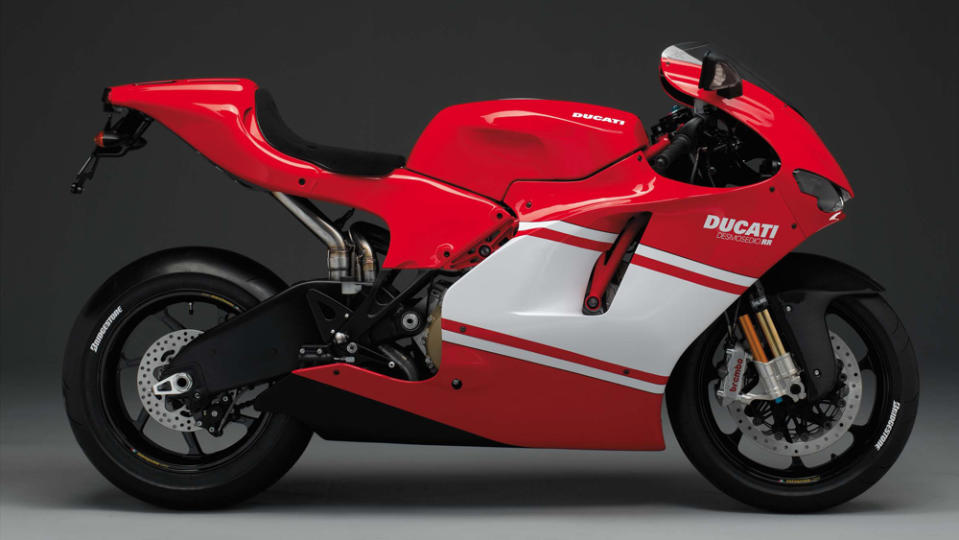
Ducati’s Desmosedici D16 RR (RR stands for Racing Replica) was as close as you could buy to a MotoGP bike for the street. Using a 990 cc motor modeled on the 2004 Ducati Desmosedici MotoGP racer of Troy Bayliss and Loris Capirossi, Ducati claimed the machine made a rollicking 200 hp and 85 ft lbs of torque from the V-4 engine.
The bike is graced with the very best Öhlins suspension of the period, and was the first production motorcycle to use forged magnesium wheels. It’s an absolute gem that costs a treasure trove to run and service, but is currently skyrocketing in value as it will surely be coveted long into the future.
2006 Yamaha YZF-R6
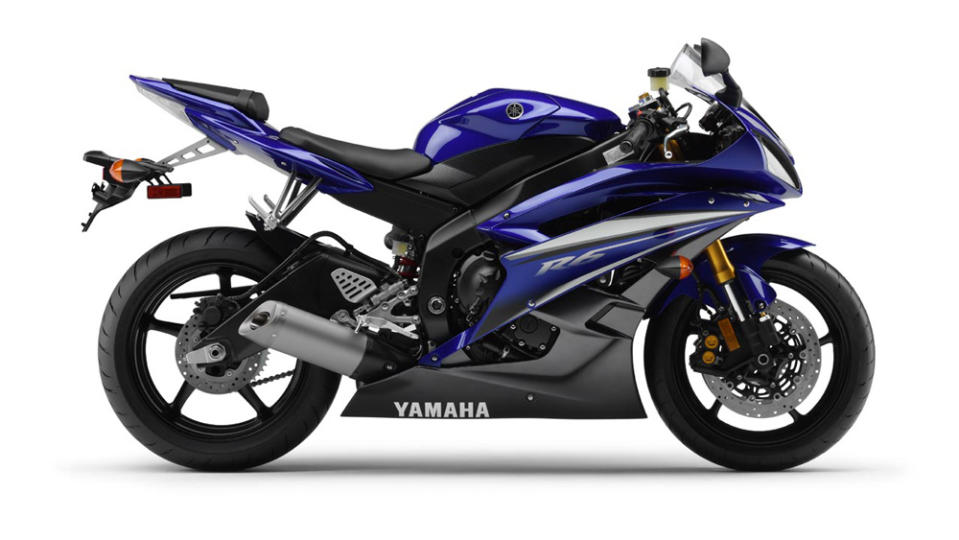
The 2006 Yamaha YZF-R6 is to sportbike riders what a Remington Model Seven is to serious hunters. This machine debuted a number of technical firsts for Yamaha—the first ride-by-wire throttle in Yamaha’s Chip Controlled Throttle (YCCT), variable inlet tracts, titanium inlet and exhaust valves and an ear-splitting 18,000 rpm redline.
All of these elements helped make the ’06 R6 one of the finest sportbikes of all time. It formed the basis of the R6 line for the rest of the model’s life, which finally ended in 2020 when the last YZF-R6s rolled off the production line.
2008 Kawasaki Concours 14
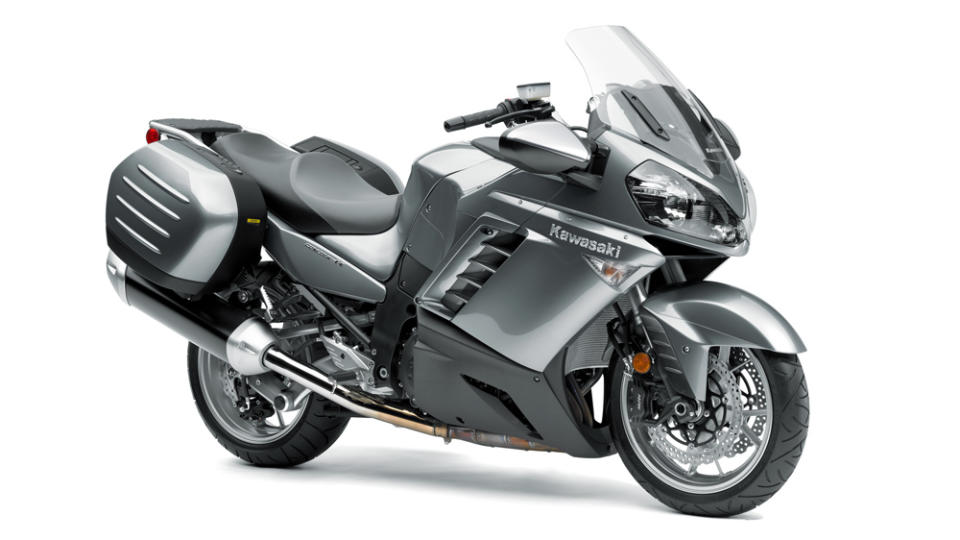
Taking the design ethos of the Suzuki Hayabusa–killing ZX-14, Kawasaki launched the Concours 14 in 2008. The model is an elegant and fast long-distance touring machine. Thanks to its ZX-14-derived four-cylinder motor, the bike made 150 hp. It also featured variable valve timing, digital tire pressure monitors, an electric windscreen, ABS and a cockpit that enabled pilots to ride for hour after hour in comfort.
In one fell swoop, Kawasaki nearly perfected the high-speed touring motorcycle. The model has remained essentially the same ever since, save for minor tweaks like traction control, some bodywork nips and tucks and subtle suspension changes.
2009 Aprilia RSV4 Factory
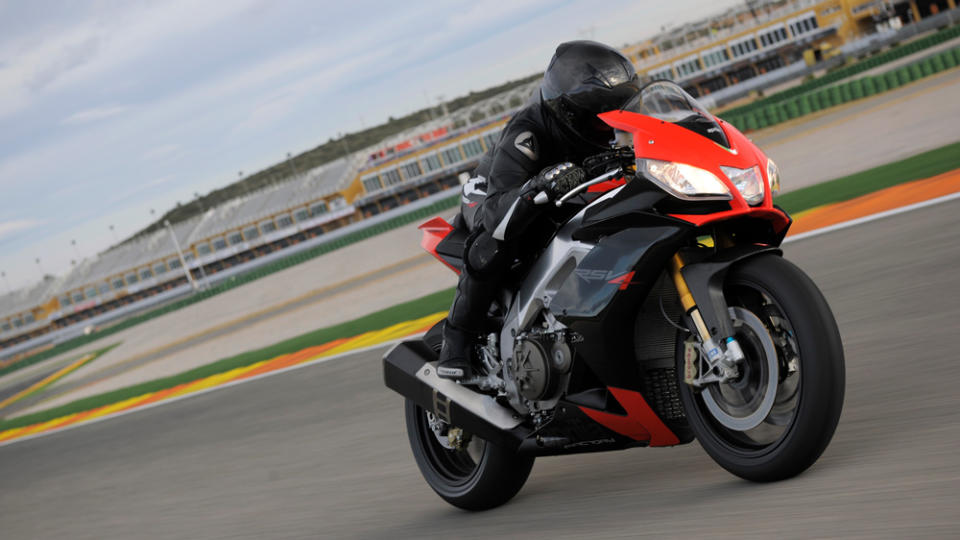
With the redoubtable RSV4, Aprilia came back to superbike competition with a vengeance in 2009. Possessing the only V-4 motor you could buy in the class (at least at the time), the RSV4 benefitted from Aprilia engineers who used every bit of knowledge gained from their years of 250 cc Grand Prix domination to create a landmark, track-focused machine.
The bike delivers a stout 180 hp and 85 ft lbs of torque, and is equipped with the best production Öhlins suspension and Brembo brakes of the time. The first RSV4 was dominant almost immediately, taking the 2010 WorldSBK title with Max Biaggi in the saddle. Since then, the RSV4 has garnered two more titles and won countless shootout tests across the globe. The model is now part of the 1100 cc club with the debut of the stupendous 2021 edition.
2010 Honda VFR1200F DCT
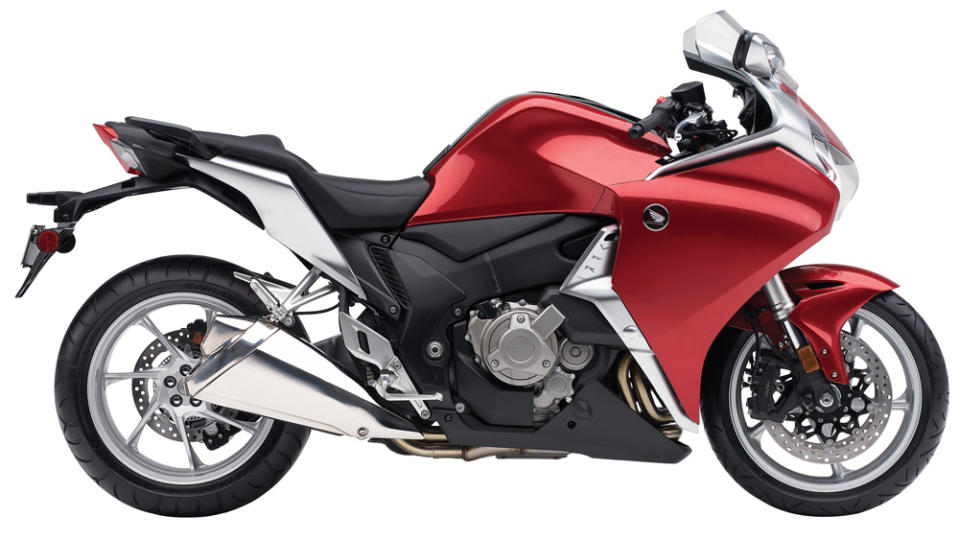
Trust it to Honda to push the technical boundaries. The world’s largest motorcycle company did just that with the 2010 VFR1200F, the first such machine to come with Honda’s innovative dual-clutch transmission (DCT). The DCT was the first semi-automatic gearbox fitted to a production motorcycle.
You could still change gears manually via the paddle shifters on the left handlebar, but there was no clutch lever—something many riders needed time to get used to. Powered by a 1,237 cc V-4 motor, the VFR is remembered as a good bike, not a great one, yet was the vehicle Honda used to bring the DCT system to market. That alone is reason enough to include it here.
2010 BMW S 1000 RR
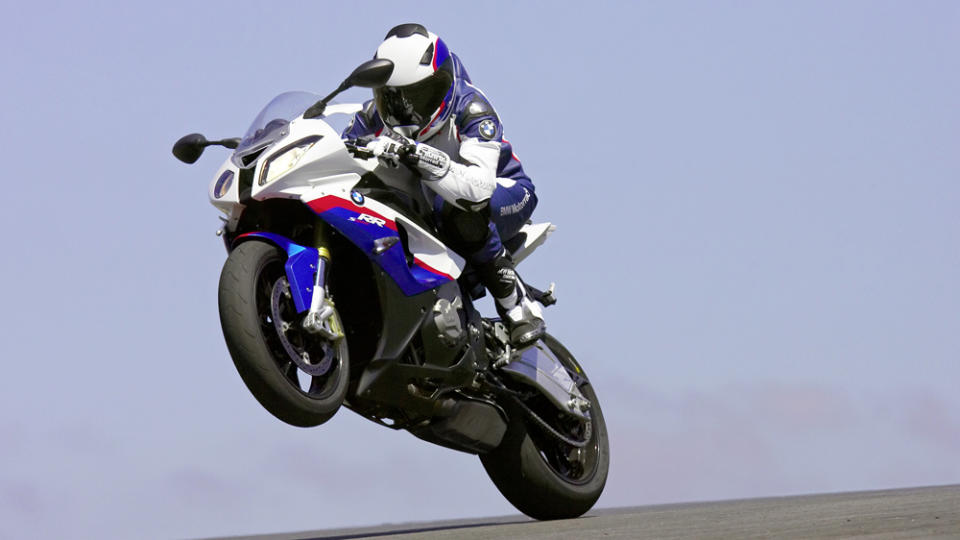
Few superbikes have blown away the competition like the BMW S 1000 RR. At a time when the world was still reeling from the global financial crisis, BMW kept its development foot flat to the floor and released what is now remembered as the first true digital sportbike. A total of 190 hp was on tap from the 999 cc four-cylinder motor that ran a number of production firsts, including “finger follower” valve actuation for the cams rather than the old “shim-and-bucket” design.
A twin-spar aluminum frame designed primarily for track use was employed, but the big news was the massive electronics suite that included ride-by-wire throttle, lean-angle-sensitive traction control and four variable ride modes. With the S 1000 RR, BMW changed the design game for all superbikes to follow.
2013 BMW R 1200 GS
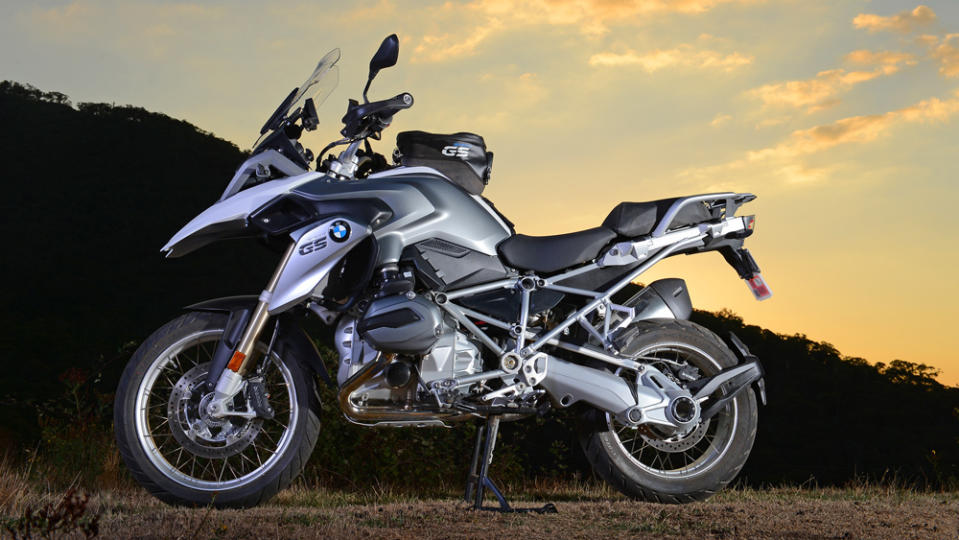
The bike that started the ADV segment way back in 1980 got its biggest update yet in 2013. Dubbed the “wasser-boxer” (water boxer), the 1,170 cc flat-twin engine was partially water-cooled, with power going from 110 hp to 125 hp, and torque measurably increased across the rev range.
With a focus on sporty handling, this GS could even be taken to the racetrack if so desired, and then eat up any dirt roads on the way home. Of course, true to BMW form, it seemed to carry every conceivable rider aid offered, so the tech more than matched the motor. The BMW R 1200 GS became king of the maxi-ADV class, a position it holds to this day.
2014 KTM 1290 Super Duke R
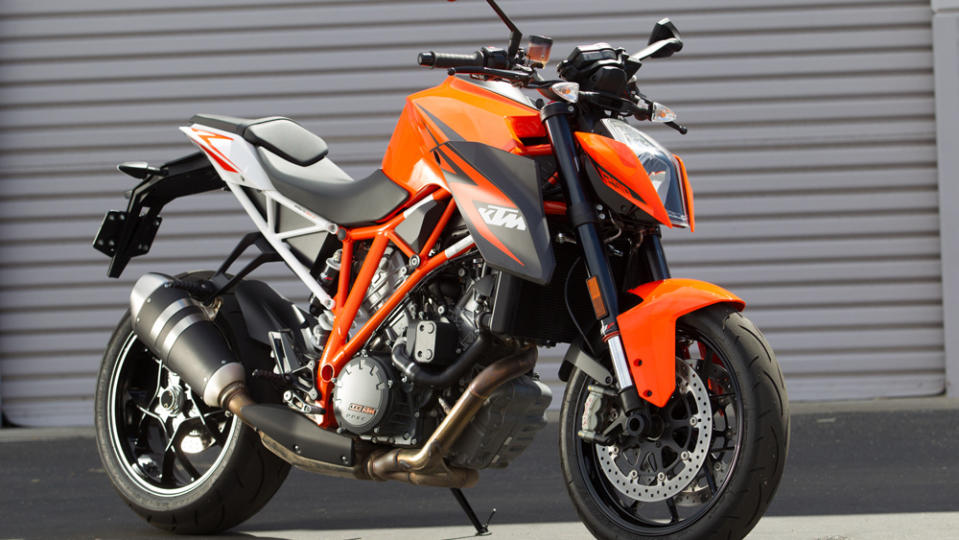
The rise of the “super-naked” bike really began with the Aprilia Tuono V4 at the end of the previous decade, but the class was cemented when KTM brought out “the Beast” in 2014. That monster was the 1290 Super Duke R powered by a 1,301 cc V-twin—a naked motorcycle designed for the hooligan in all of us.
The manufacturer quoted an incredible 180 hp for the motor, wrapping it in KTM’s trademark orange steel-trellis chassis, WP suspension (admittedly not as top-of-the-line as it could have been) and just enough electronics and rider aids to lend a faint air of sensibility to the madness. More than that, however, the Super Duke heralded KTM—already an off-road powerhouse—as a truly major player in the street-bike market.
2015 Yamaha YZF-R1
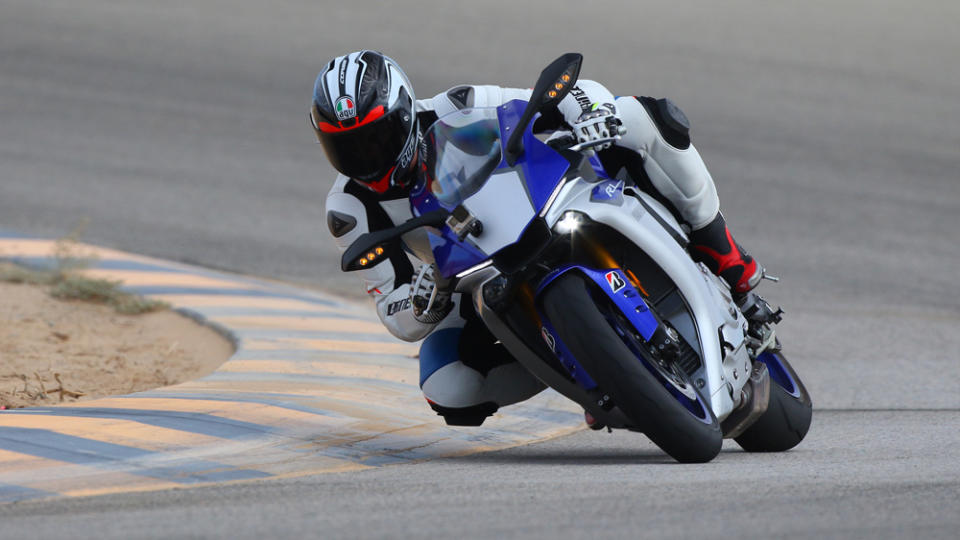
For 2015, Yamaha went through the YZF-R1 model from top-to-bottom, releasing a superbike that could be considered the natural successor to the 2010 BMW S 1000 RR in terms of the loaded tech. A new, slender chassis and reworked crossplane-crank motor were crafted, and a slew of electronics were added, the latter including Slide Control.
The 2015 YZF-R1’s power plant was a massive step up from the original crossplane-crank engine in the iterations from 2008 through 2014. This version was such an improvement that Yamaha has only had to make incremental changes in recent years to keep it at the head of the superbike pack.
2015 Kawasaki H2
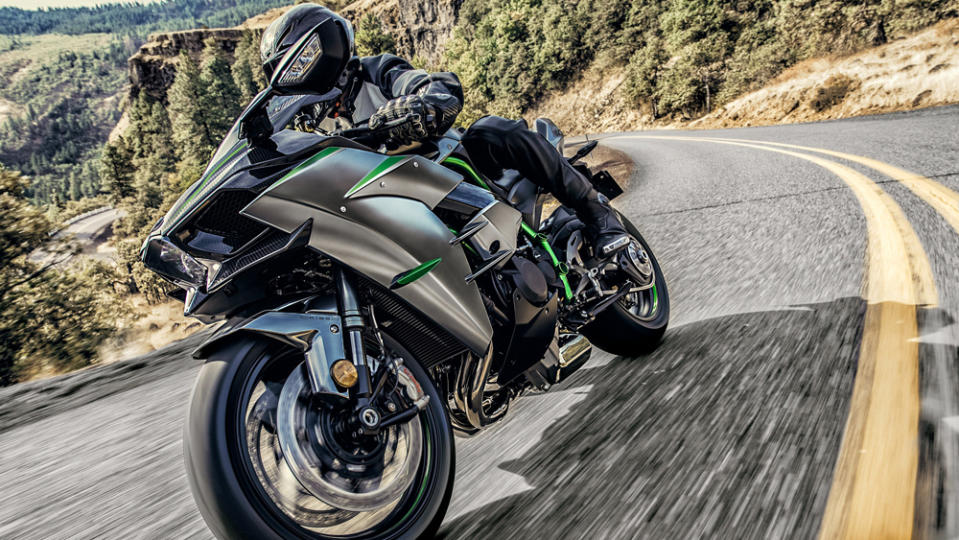
This was a machine that Kawasaki absolutely did not need to build. More an engineering exercise than anything, the H2 superbike of 2015 was the most extreme production motorcycle Kawasaki had ever released, and it did so with two versions—the street-spec H2 (pictured) and the utterly bonkers, 300 hp track-only H2 R.
Bolting a supercharger onto a superbike motor is the kind of caper normally reserved for backyard builders with no corporate red tape to navigate. Not so for Kawasaki, who stunned everyone with a 130,000 rpm impeller that compresses incoming air at 2.4 times over atmospheric pressure. The H2 and H2 R were also the first Kawasaki bikes that came with a steel trellis frame, a technical feature that has trickled down the production line. More than anything, this is the team at Kawasaki’s “because-we-can” motorcycle, and we’re so glad they did.
2016 Honda Africa Twin
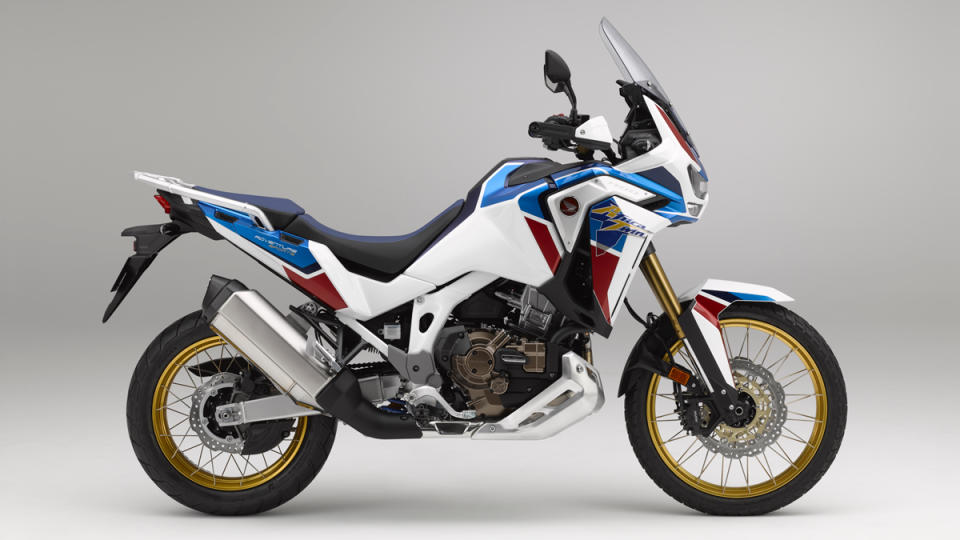
Few motorcycles owe their roots to repeated wins at the Dakar Rally, one of the most grueling off-road races on the planet. But Honda’s Africa Twin earns the distinction of having won the rally four times in the late 1980s, when the competition ran its original route from the capital of France to Dakar in Senegal.
The off-road-ready adventure bike came inspired by the race-winning models, but was unobtanium in the U.S. for years while other global markets enjoyed its dual-sport capabilities. The Africa Twin finally made it stateside in 2015, combining rugged construction with an innovative dual-clutch transmission. The latest iteration of this now-familiar model packs loads of suspension travel and a versatile 1,084 cc parallel-twin power plant that does justice to the model’s historic origins.
2017 BMW K 1600 GT
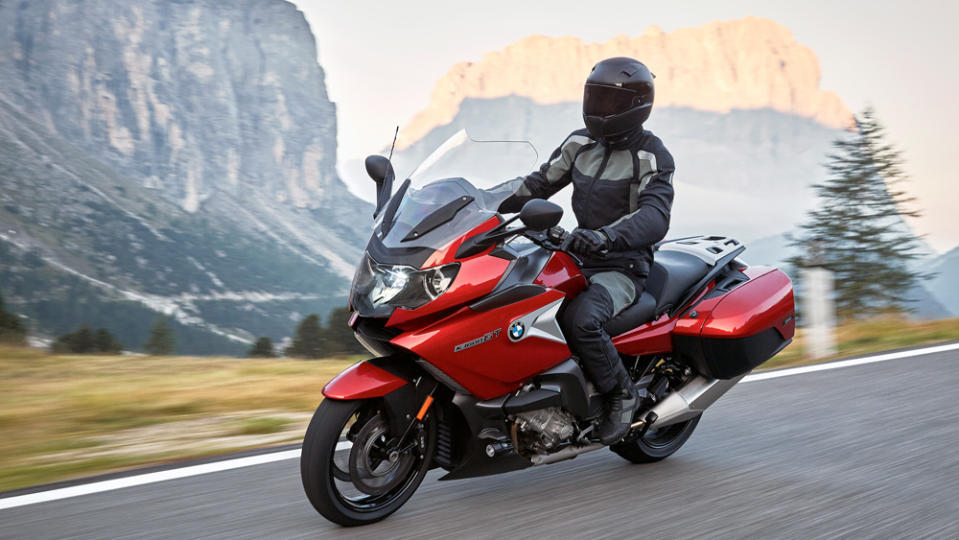
When considering BMW’s K 1600 GT, its long-distance touring tour de force, there is a laundry list of impressive features to note: the 1,649 cc six-cylinder engine with ferocious torque, the self-leveling electronic suspension, adaptive headlights that see around corners, a reverse gear, an electric screen and all the rider-assist bells and whistles you could want.
First released in 2011, the model received a thorough rework in 2017 in order to challenge the Honda Gold Wing in the maxi-touring arena. It’s a far sportier machine than the Gold Wing, and the build quality is exceptional. The BMW K 1600 GT and even more luxurious K 1600 GTL represent the absolute pinnacle of Munich’s touring might.
2018 Kawasaki Ninja 400
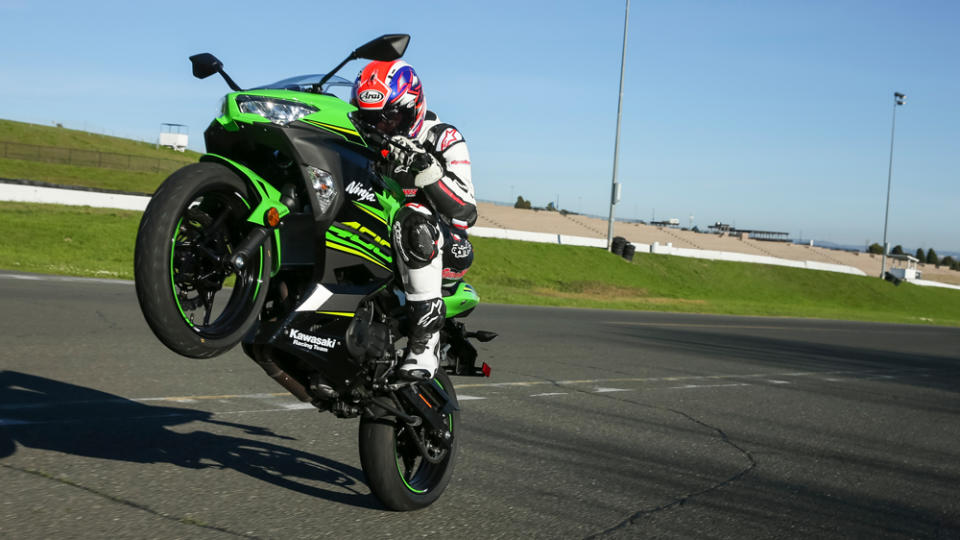
We’ve included Kawasaki’s plucky little sport bike not for outright performance, but for the undeniable sales behemoth it has become since its 2018 release. The Kawasaki Ninja 400 runs a basic 399 cc parallel-twin motor, steel chassis and bottom-spec suspension, but that hasn’t stopped it becoming the manufacturer’s highest seller, by far, since it debuted. New riders the world over have flocked to the Ninja, and junior Supersport race grids have been splashed with green for four years now. The Kawasaki Ninja 400 has brought more new riders into the fold than nearly any other machine since the 2018 model was introduced, and that’s a special accolade indeed.
2019 Honda Super Cub
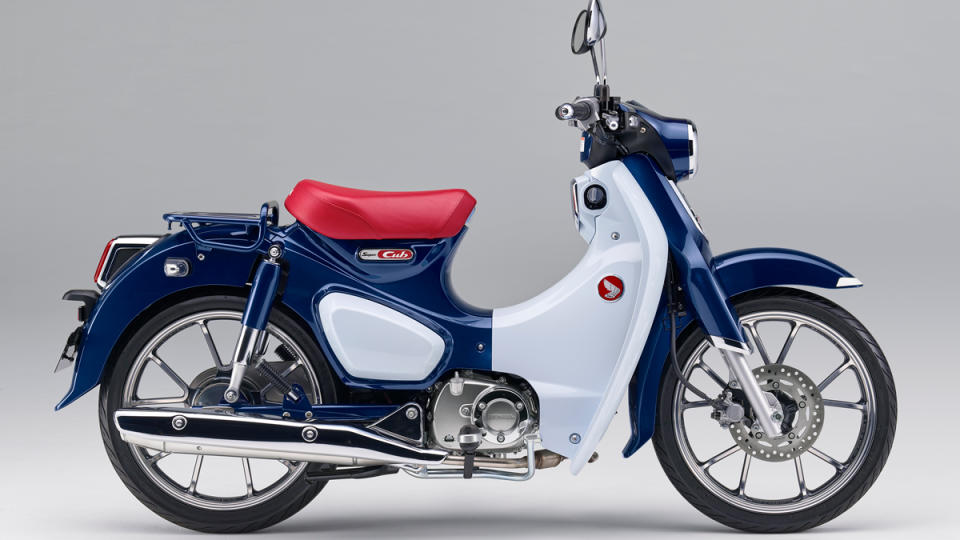
Sure, it’s not quite a full-sized motorcycle. But the Honda Super Cub’s larger-than-life origin story and supernumerary achievements earn it entry into our list because this pint-sized scoot is nothing short of a two-wheeled legend.
Launched to the U.S. market in 1962 alongside the famed You Meet the Nicest People on a Honda campaign a year later, the Super Cub brought mobility to a generation of enthusiasts with its approachable clutch-free operation and simple step-through construction. The Super Cub stopped being available stateside in 1974, but was so popular everywhere else that it hit the remarkable milestone of 100 million units sold globally by 2017, making it the best-selling vehicle of all time—a claim no motorcycle can touch. The reason we include it on this list is that it came back to the U.S. for the 2019 model year.
2020 Harley-Davidson LiveWire
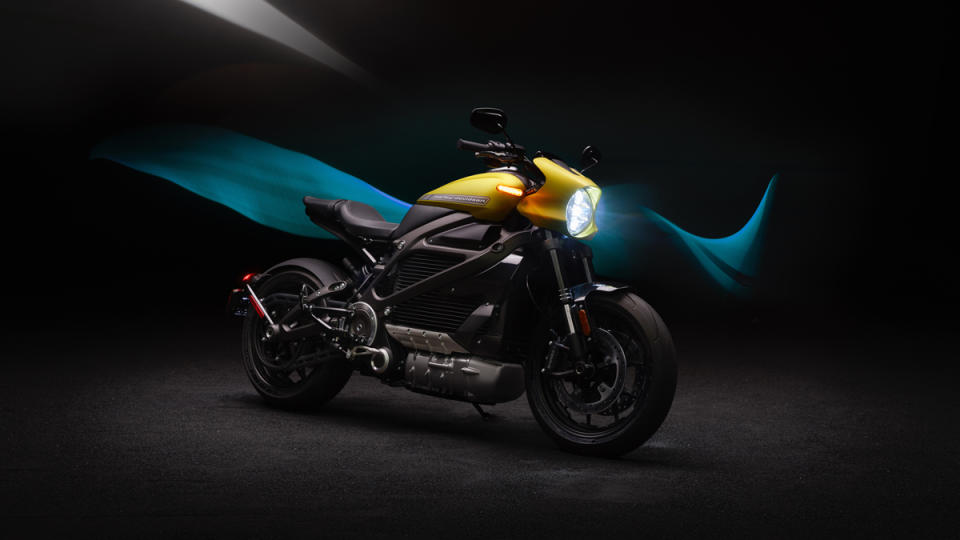
Despite its storied history as an all-American moneymaker, the Harley-Davidson Motor Company faced burgeoning criticism over complacency when its stock values plummeted. With an aging audience in decline, the familiar thrum of its potato-potato V-twin exhaust note was becoming irrelevant. Harley needed to snag younger riders faster than you can say dying demographic.
Salvation, or at least the illusion of it, came with the release of a hog that was unlike anything from the brand’s 116-year history: the 2020 Harley-Davidson LiveWire was powered entirely by a 15.5 kWh lithium-ion battery. At $30,000, this electrified Harley was pricey, and its 146-mile combined range didn’t exactly inspire rambling Easy Rider–style road trips. The LiveWire nonetheless set a groundbreaking precedent for the manufacturer by proving an old dog could learn new tricks, and eventually spin off into its own brand in 2022.
2020 Zero SR/F
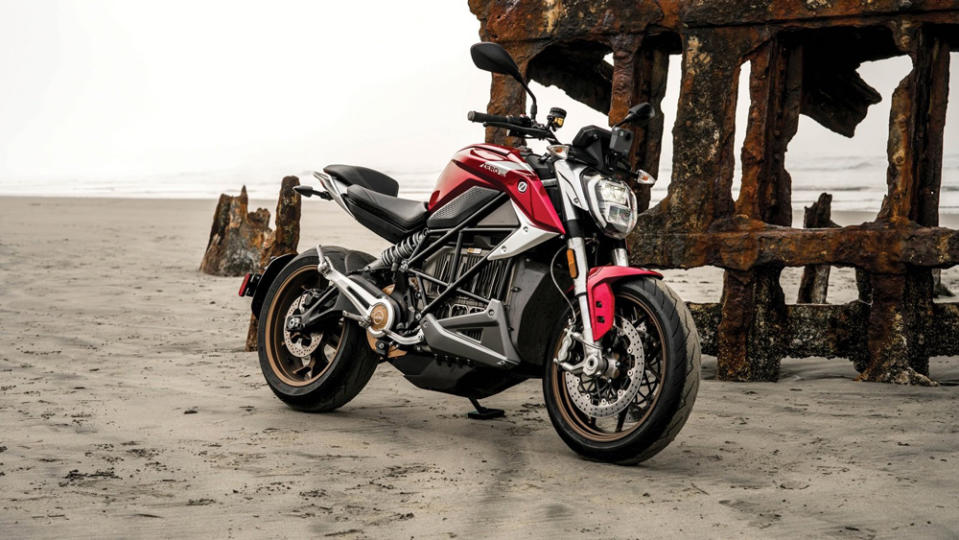
The first company dedicated to electric motorcycles, California-based Zero had spent 13 years trying to convince famously reluctant riders about the benefits of electric propulsion. But it never quite managed to do so until the SR/F came along. The SR/F hit the market at the same time as the Harley-Davidson LiveWire, but its price (a third less than the LiveWire) made it a far more enticing prospect.
Then there was the ride experience. The machine covers zero to 60 mph in 3 seconds, not to mention its mind-bending acceleration between 40 mph to 80 mph. This is a proper motorcycle, not one of the sometimes gimmicky Zero offerings of the past. It shows that electric motorcycles really can excite, and provides a tasty preview of far more battery-powered bikes to come.
2020 Ducati Superleggera V4
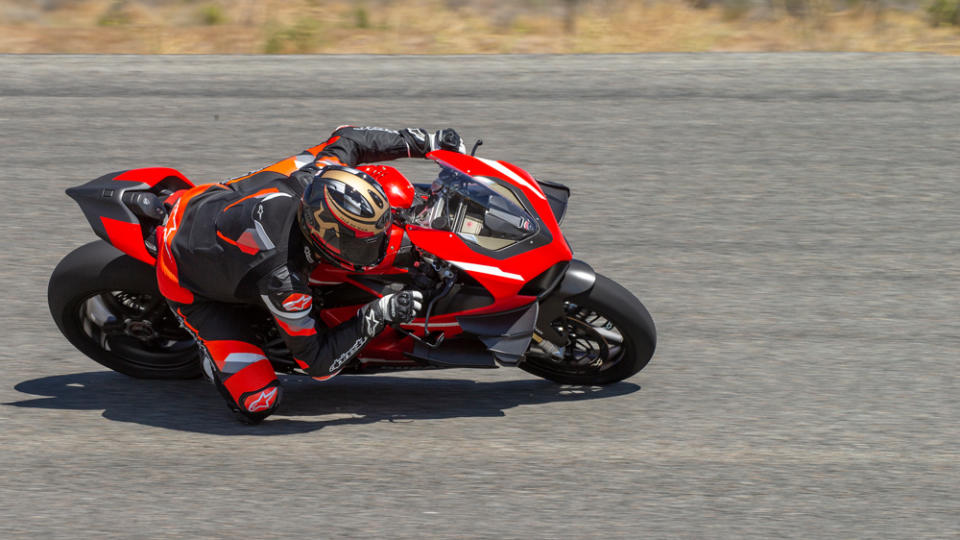
Carbon fiber. That’s all you need to know about the Superleggera V4. Every structural component is made from the stuff—the front frame (chassis), subframe, bodywork, wheels, various engine and wheel guards, all of it. The Superleggera is the first street bike to feature a carbon frame for sale to the public (the other carbon bike, the BMW HP Race, was a track-only offering).
Due to the Ducati model’s lightness paired with its 224 hp V-4 motor, one that gets boosted to an eye-watering 234 hp with the race exhaust, the Superleggera V4 gets firmly placed in the pantheon of sportbike legends.
2021 Ducati Multistrada V4 S
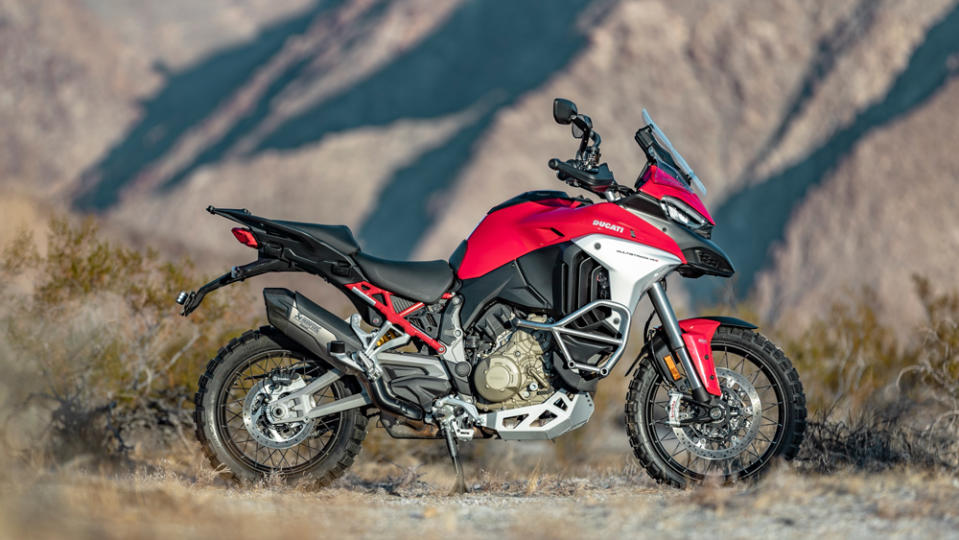
The Ducati Multistrada took a massive leap forward in 2021, and not simply because it got a bigger V-4. It’s a ground-breaking motorcycle because it was the first production bike to be fitted with radar-assisted Adaptive Cruise Control (ACC) and Blind Spot Detection (BSD), upping the safety game considerably over the rest of the field on the market today.
Combine that with an outrageous 1,158 cc V-4 motor, optimum ergonomics for everything between sporty on-road riding and off-the-beaten-path adventuring, every possible rider aid Ducati could come up with and an excellent suspension and brake package, and you’ve got a bike Ducati says is its greatest yet. After time in the saddle, it’s very hard to argue that sentiment.
Learn more about Robb Report’s 2022 Car of the Year event taking place in Napa Valley here and in Boca Raton here.
Best of Robb Report

